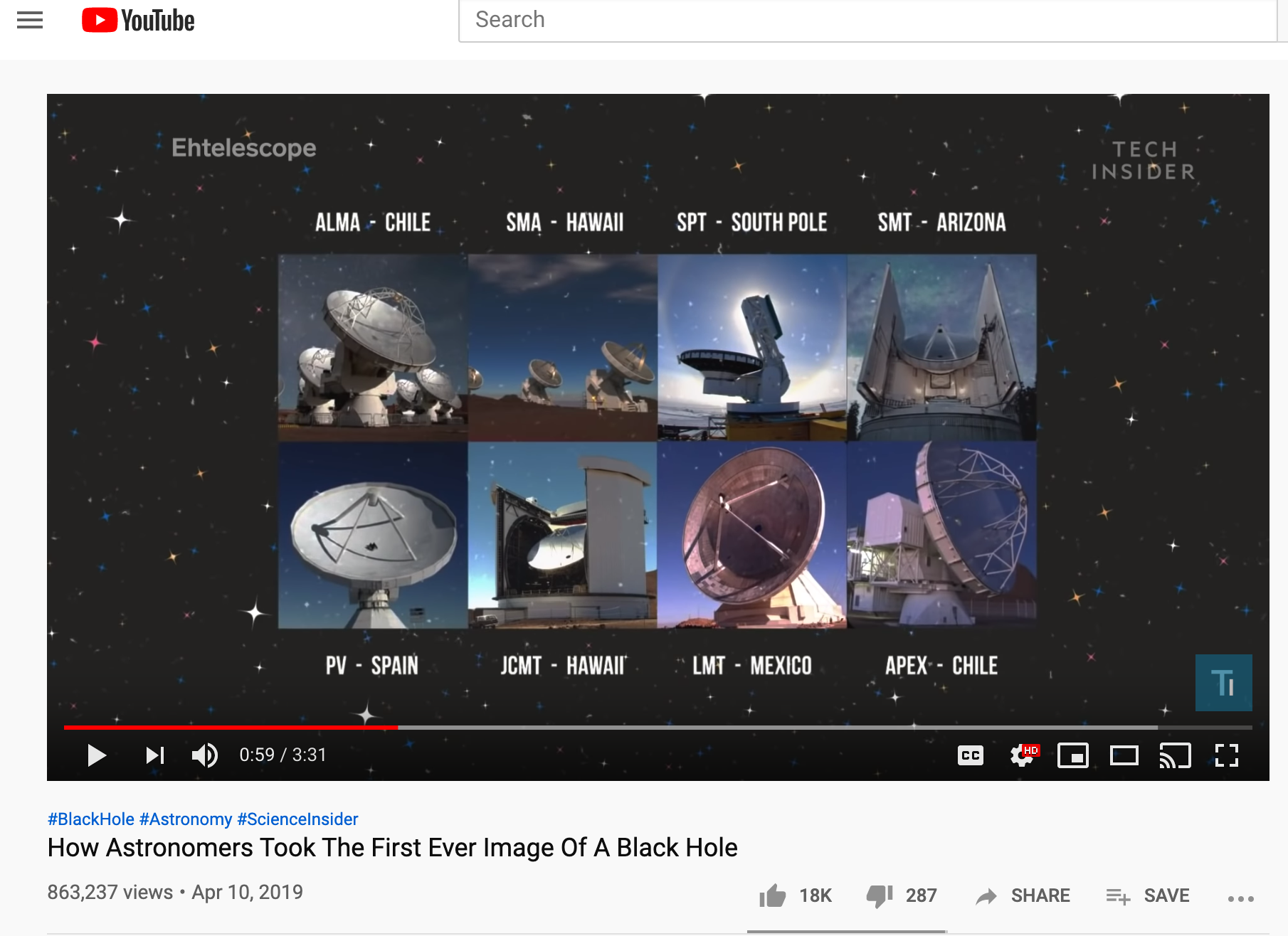“It seems less degrading to give one’s self than to submit to compulsion.”
In her memoir, Harriet A. Jacobs writes these words in defense of what she considered an immoral act. Instilled with a high standard of purity through her grandmother’s strong Christian faith, she cunningly thwarted the relentless sexual assaults of her married, white master from ages 11-16. It was not until her master began building a cottage for her on the edge of town that she compromised her convictions in order to ensure her future children would have a chance at freedom.
Afraid of becoming defenseless against the rape her master would use to propagate his slave population through forced motherhood, she gave herself to an unmarried free white man who had gained her affection through kindness. Though published in 1861, her piercing truth defends all of us who have survived the violence of our stories by “choosing” to give ourselves to things that offered a greater measure of dignity and control.
What choices have you made to survive harm in your story that left a residue of regret and shame on your soul? What did you give yourself to that seemed to offer greater hope and freedom? What would it mean to reframe these choices not as merely “immoral” but as brave efforts to minimize the degradation you were experiencing?









